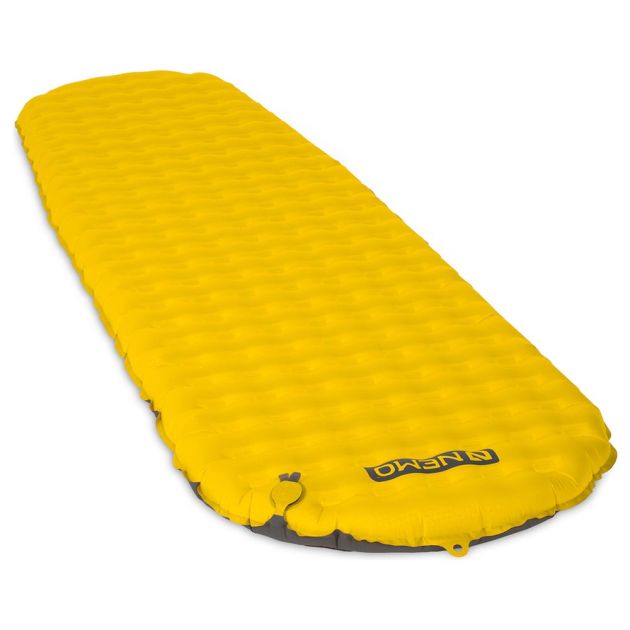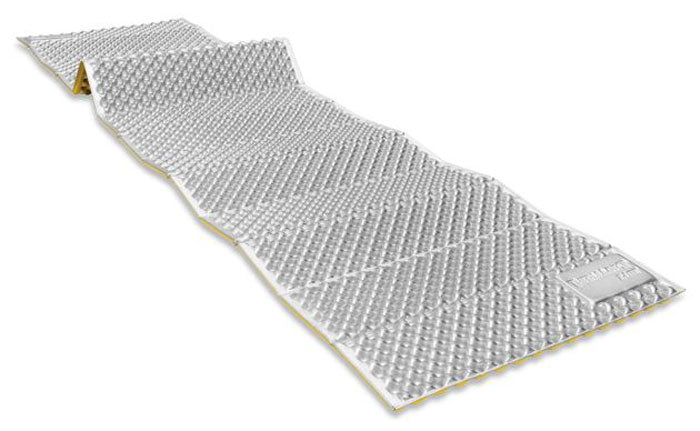
How to Buy a Sleeping Pad for Camping & Backpacking
Introduction: When it comes to camping and backpacking, a good night's sleep can be hard to come by. Investing in a good sleeping pad can help tremendously. A quality sleeping pad provides insulation, cushioning, and support, ensuring you wake up feeling well rested and ready for the day. However, with so many options available, choosing the right sleeping pad can be an overwhelming process. This article will help you better understand the anatomy of a sleeping pad to aid you in your pursuit of a good night’s rest.
1. Types of Sleeping Pads: Sleeping pads generally fall into three main types: foam, self-inflating, and inflatable pads. Each type has its own advantages:
- Foam Pads: Foam pads are lightweight, durable, and affordable. They provide excellent insulation, even in cold weather, and are resistant to punctures. However, they can be bulkier than other options.
- Self-Inflating Pads: These pads have a combination of foam insulation and an air chamber that inflates automatically when a valve is opened. They offer a balance between comfort and convenience, as they are relatively lightweight and provide good insulation. However, they tend to be more expensive than foam pads.
- Inflatable Pads: Inflatable pads rely on air chambers that you manually inflate using a pump, or in some cases, your breath. They are lightweight, extremely packable, and offer superior comfort. However, they require extra care to avoid punctures and can be less insulative in colder temperatures.

2. Comfort & Insulation:
- R-Value: The R-value represents a sleeping pad's insulation rating. The higher the R-value, the better the pad's ability to retain warmth. Be sure to consider the expected temperature range of your future excursions and choose a pad with an appropriate R-value. For colder conditions, opt for a higher R-value pad.
- Combined R-Value: As a side note, R-Value stacks. For example, you can use a foam pad with an R-Value of 2 as base, then place an inflatable pad with an R-Value of 1 on top of the foam pad for a combined R-Value of 3.
- Thickness/Cushioning: Thicker pads generally offer more comfort, especially for side sleepers. Look for a pad that provides sufficient cushioning in relation to the terrain you will most likely be sleeping on.
3. Size and Weight:
- Length & Width: Sleeping pads come in various sizes to accommodate different body types. Consider your height and preferred sleeping position when choosing the length and width of the pad. Ensure it provides ample space and coverage for a comfortable night's sleep.
- Weight/Packability: If you plan on backpacking or need to carry your gear for long distances, the weight and packability of the sleeping pad are essential. Look for lightweight and compact options that fit well in your backpack without adding unnecessary bulk.

4. Durability/Lifespan:
- Material: Be aware of the materials used to construct the sleeping pad. Look for durable fabrics and robust valves that can withstand the rigors of outdoor use. Reinforced or puncture-resistant materials are a nice bonus for added longevity.
- Warranty: Consider the manufacturer's warranty, it can be an indicator of the product's durability. A good warranty provides peace of mind and assures you of a quality purchase.

5. Reviews and Recommendations:
- Research: Read user reviews and recommendations to get insights into the performance and durability of different sleeping pads. Pay attention to reviews from people with similar camping and backpacking preferences to yours.
- Seek Recommendations: Reach out to fellow outdoor enthusiasts, friends, or camping communities to get personal recommendations and firsthand experiences with specific sleeping pad models or brands.
Our recommendations:
- Foam: Therm-A-Rest Z Lite Sol Mattress
- Self-Inflating: Nemo Flyer Sleeping Pad
- Inflatable: Therm-a-Rest NeoAir XLite Sleeping Pad








